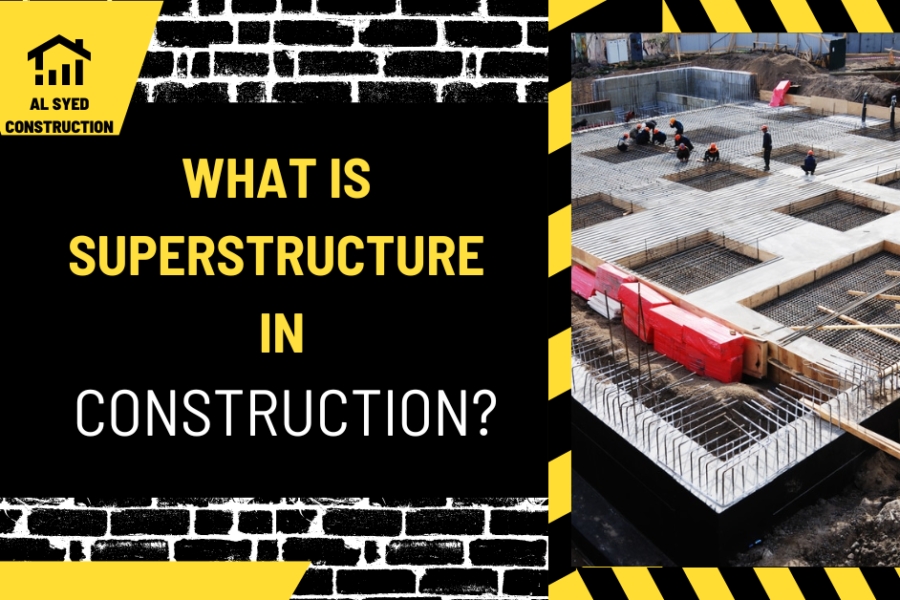What Is Superstructure in Construction?
Table of Contents
Introduction
In the field of construction, the term “superstructure” refers to the part of a building or structure that is above the ground level. It encompasses all the components that are supported by the foundation or substructure. Understanding the superstructure is crucial for architects, engineers, and builders as it plays a vital role in the overall stability, functionality, and aesthetics of a construction project. This article will delve into the components, significance, and considerations of superstructures in construction.
Components of a Superstructure
Structural Elements
The superstructure includes various structural elements such as beams, columns, walls, floors, and roofs. These components work together to support the weight of the building, withstand external forces, and provide the necessary spaces for occupancy and use.
Architectural Features
In addition to the structural elements, the superstructure also encompasses architectural features such as windows, doors, and facades. These elements contribute to the appearance, comfort, and energy efficiency of the building.
Mechanical, Electrical, and Plumbing Systems
The superstructure houses the mechanical, electrical, and plumbing (MEP) systems that are essential for the functionality of the building. This includes heating, ventilation, air conditioning (HVAC) systems, electrical wiring, and plumbing fixtures.
Significance of the Superstructure in Construction
Stability and Safety
The superstructure plays a critical role in ensuring the stability and safety of the building. It must be designed and constructed to withstand various loads, including the weight of the building itself, occupants, and environmental factors such as wind and earthquakes.
Functional and Aesthetic Aspects
The design and construction of the superstructure determine the functional layout and aesthetic appeal of the building. It influences the interior spaces, natural lighting, and overall architectural style.
Energy Efficiency and Sustainability
Modern superstructures are designed with energy efficiency and sustainability in mind. The choice of materials, insulation, and integration of renewable energy sources contribute to the building’s environmental performance.
Considerations in Superstructure Construction
Material Selection
The choice of materials for the superstructure is influenced by factors such as strength, durability, cost, and environmental impact. Common materials include steel, concrete, wood, and masonry.
Building Codes and Standards
The construction of the superstructure must comply with building codes and standards to ensure safety, accessibility, and energy efficiency. These regulations vary depending on the location and type of building.
Coordination and Integration
The construction of the superstructure requires careful coordination and integration of various components and systems. This involves collaboration between architects, engineers, contractors, and other stakeholders.
Conclusion
The superstructure is a fundamental component of any construction project, encompassing the elements above ground level that define the building’s structure, functionality, and appearance. Its design and construction require careful consideration of materials, safety standards, and coordination among various disciplines. As construction technology and practices evolve, the superstructure will continue to play a crucial role in shaping the built environment.




